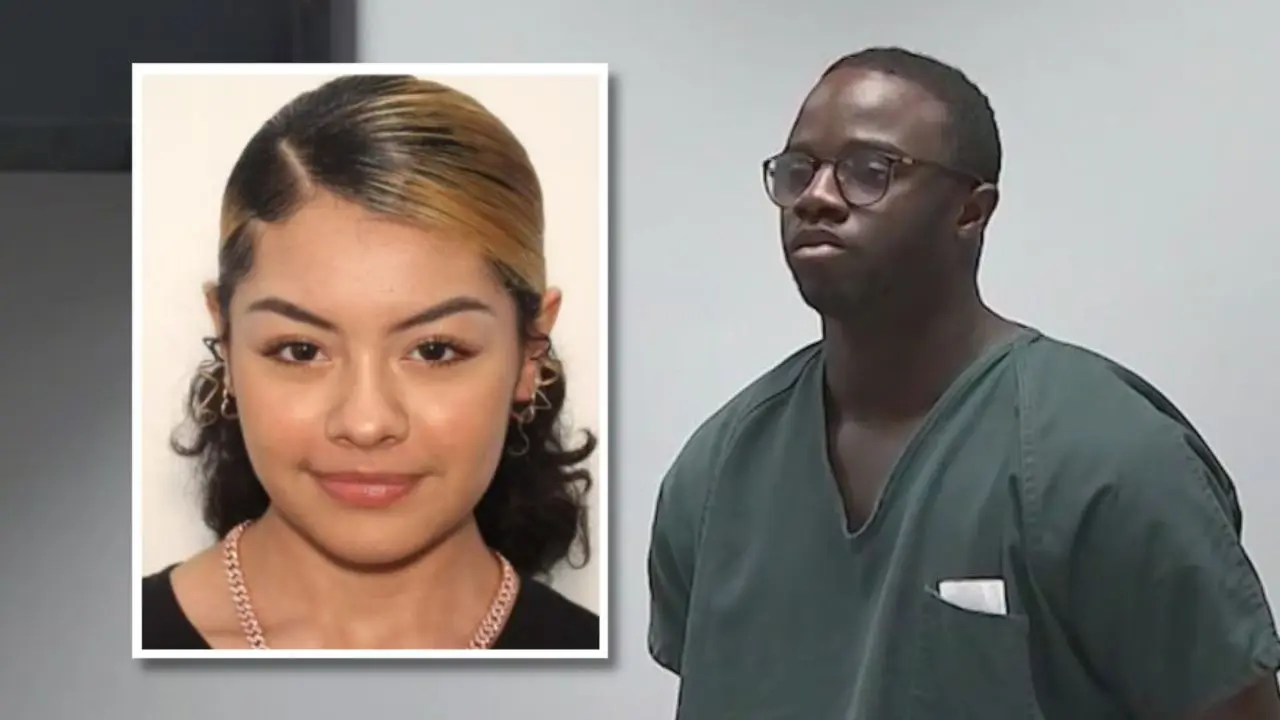To make matters worse, a lack of national resources not only shrouds media coverage on these cases, but they contribute to a dearth of quantifiable data related to missing Latines. To start, many missing Latinas are counted with white women and youth, a problem researchers believe obscures the scope of the epidemic among this community. While there are many complexities when it comes to missing persons cases, one local mother and anonymous community member said, “Hispanics aren’t being heard or taken seriously. No one cares about the Latino community.”
“Families like Susana’s come to America for the very thing that we just can’t seem to offer: peace and safety.”
Cheyenne
Recently, Morales’ family issued the Justice 4 Susana petition to help intervene with the lack of due process by local police and are demanding the following: a fair and transparent investigation from the Doraville County Police Department; that Miles be convicted and tried under the full extent of the law; the acknowledgment that Title 35 of the Georgia Code was violated when officers alleged they needed to wait 48 hours before reporting Susana missing; and that the process for missing minors be evaluated and changed so that families can have access to full transparency during investigation.
After the teen’s death, protesters sounded off against the Gwinnett County Police Department accusing them of discriminating against the Latine community. Her case marks the third missing Latine teen found dead in the area in the last month, and eerily coincides with the installation of the new Atlanta Police Foundation — or what many Black, Latine, and Indigenous local activists are calling “Cop City.”
Hundreds of Black, Latine, and Native people from Atlanta and elsewhere took to the streets in March to demand the stop of the $90 million police and fire department training center that would displace many of Atlanta’s majority Black neighborhoods and destroy much of its natural forestry. Some of the chants that reverberated through the streets included “Stop Cop City” and “Viva Tortuguita,” a nonbinary activist born Manuel Paez Terán who was repeatedly shot by police and killed trying to protect the South River Forest.
“No amount of money, no amount of justice can bring her back to us. But what we can do is to try and make sure that this doesn’t happen to anybody else again, and that’s why we are here.”
jasmine morales
Not unlike the persistent trend of the extrajudicial shootings of Black American and Latine women and men in the era of Black Lives Matter, cases like Morales’ are part of a larger systemic issue and point to a fractured history between law enforcement and citizens of the disenfranchised and marginalized sectors. It is made abundantly clear that no matter what race or ethnicities are reflected in a U.S. police department, Black and Latine people remain disproportionately the victims of police brutality and a system designed to be socially neglectful of them.
According to the 2022 Police Violence Report, most unarmed people killed by police were people of color, with Black and Latine people more likely to be unarmed and less likely to be threatening when killed. The same report indicates that Latines are killed by police at nearly double the rate of non-Latine white Americans.
“No amount of money, no amount of justice can bring her back to us,” Jasmine said of her sister at a press conference last week. “But what we can do is to try and make sure that this doesn’t happen to anybody else again, and that’s why we are here.”


Leave a Reply